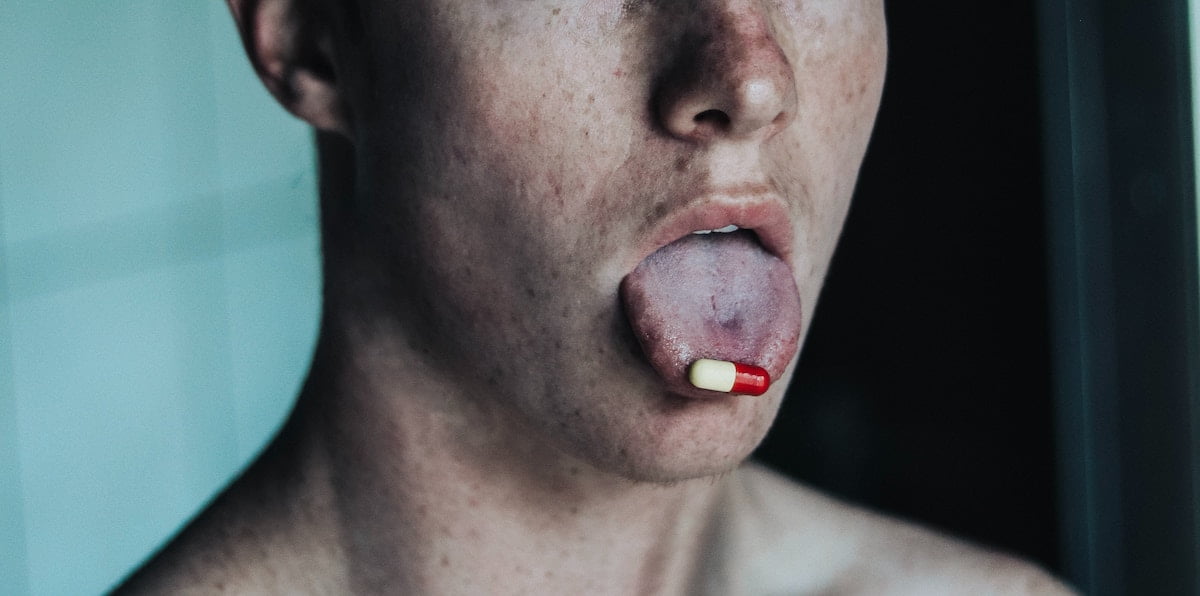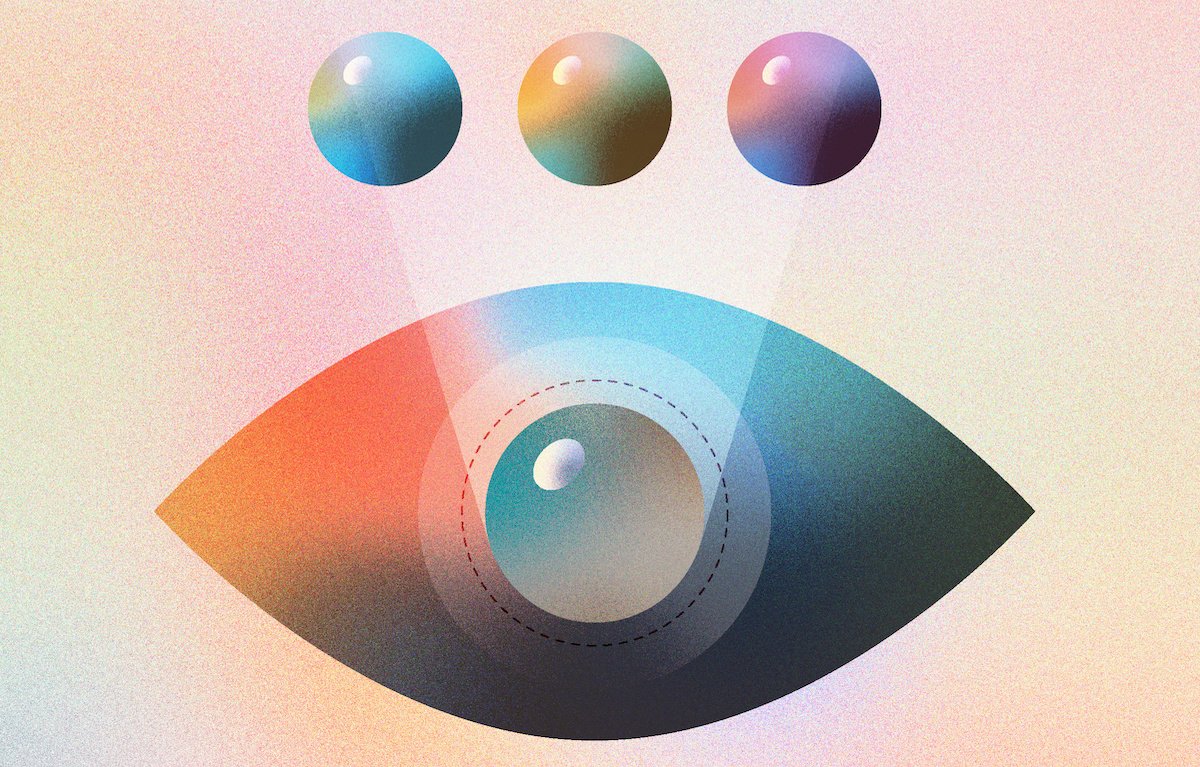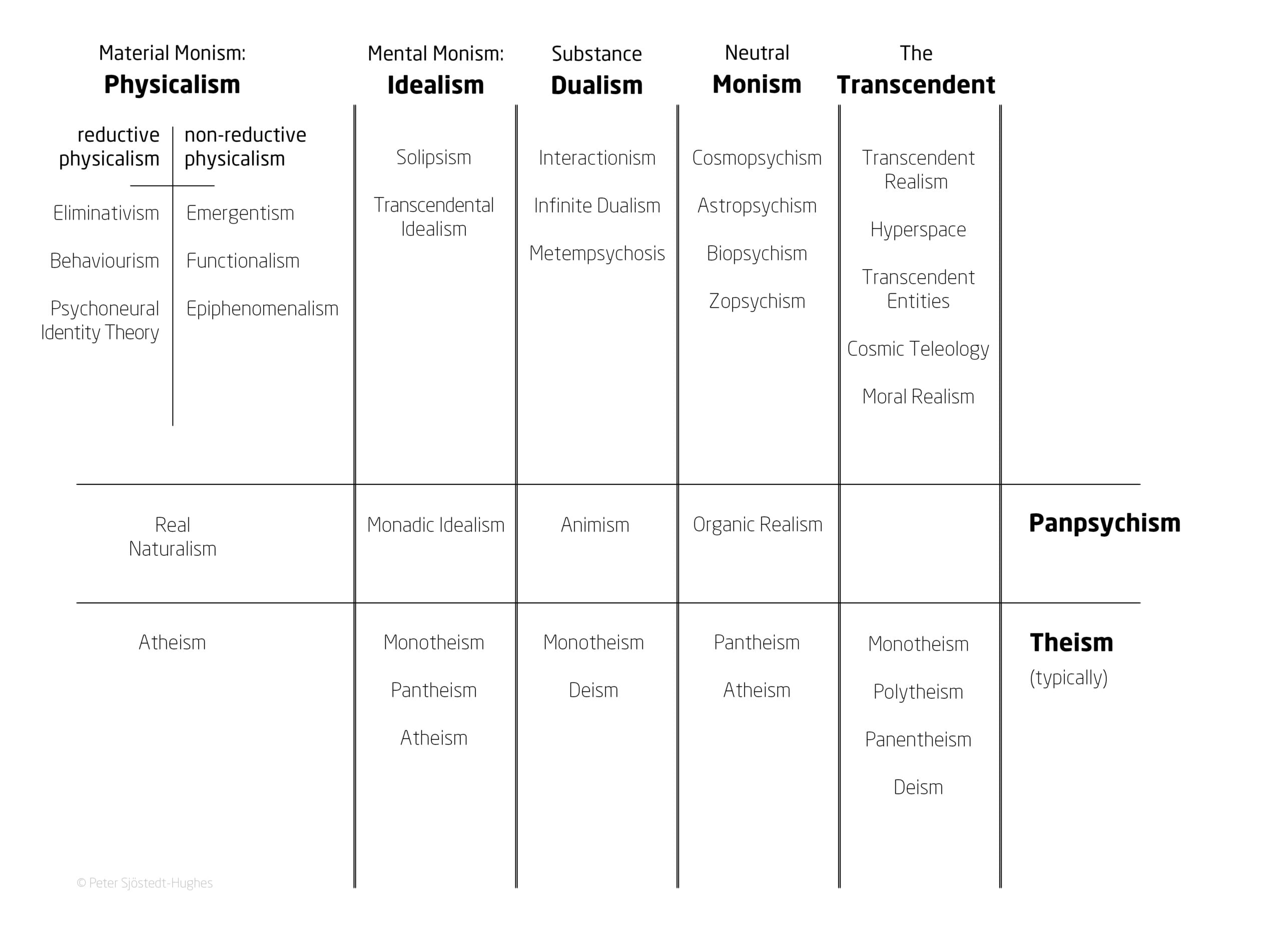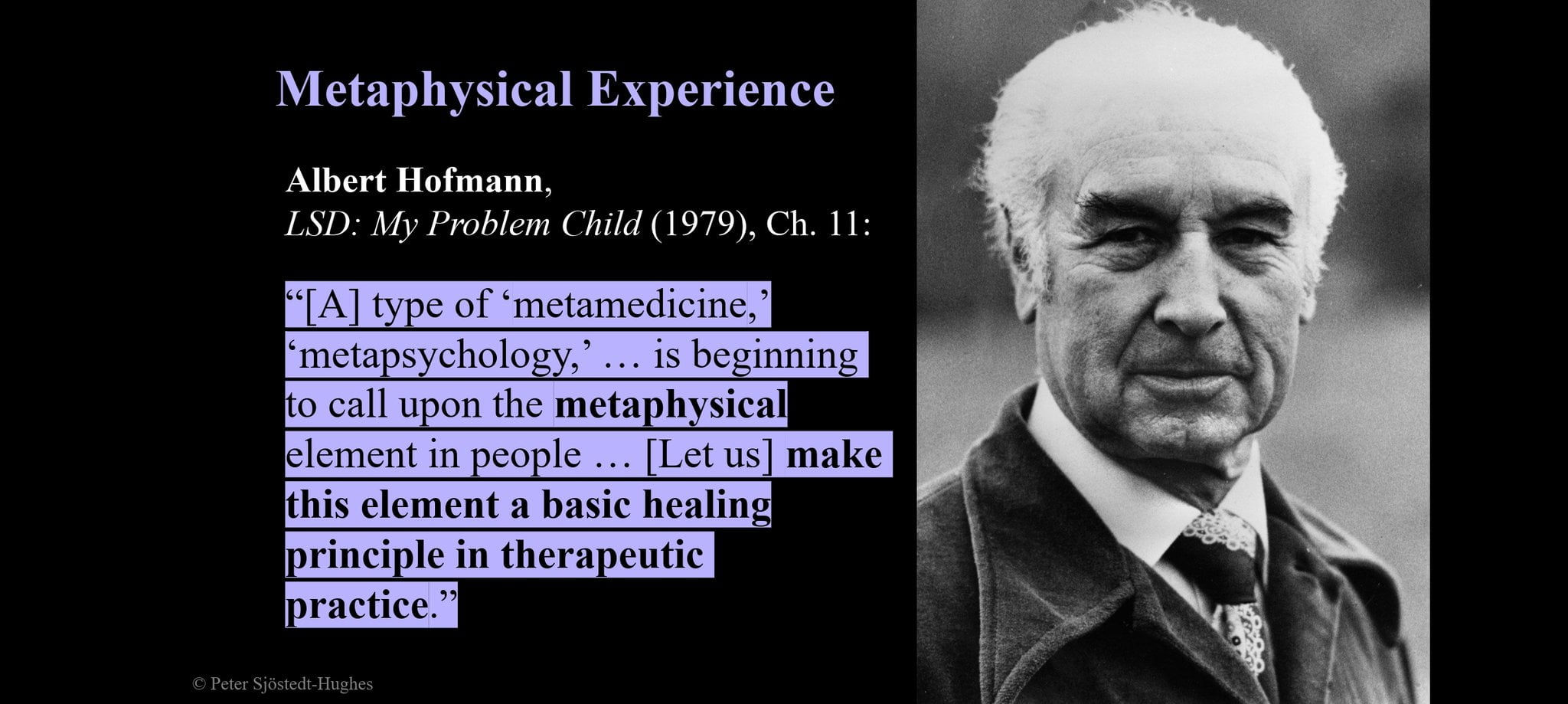Dr Devon Christie, Medical and Therapeutic Services Director with Numinus, speaks to Psychedelic Health about the representation of women in the field of psychedelics – from clinical research to high-level industry roles.
Research into psychedelics is showing the compound could hold promise as potential treatments for a number of conditions such as depression, anxiety and addiction.
For example, one study published in the Journal of Psychopharmacology found only 29% of participants in studies of psilocybin and 24% of participants in studies of MDMA were women in research and clinical trials.
Dr Devon Christie, Medical and Therapeutic Services Director with Numinus highlights that this is reflected across the industry with little diversity amongst clinical trial participants, the under-representation of women in leadership roles, and the lack of recognition for women’s contributions to the field, noting that embracing equity for women within psychedelics is essential.
Dr Christie tells us more about the inclusion of women in psychedelic research and their representation in the industry.
Inclusion of women in psychedelic research
“Historically in the West, there have been two major waves of psychedelic research, the first from around 1950 to 1985, and the second from around 2000 to the present, the latter often referred to as the ‘psychedelic renaissance’.
“Despite the psychedelic renaissance seeing significant advances in research methodology and safety, inequalities yet abound for women (and other marginalised groups) in research participation.
“Historically and in general, evidence shows that clinical research has systematically excluded women, leading to underrepresentation. Even when included, researchers often do not analyse whether the gender of the research subject affects the results of the study.
“In addition, health concerns specific to women have received little research attention. Unfortunately, these issues continue today, and within Western psychedelic research paradigm. Systematic inclusion of women, analysis of gender-specific outcomes and risks, and attention to women-specific research priorities remains an important priority that we must work towards.”
Representation of women in the field
“There is currently a need to address the lack of recognition of women’s contributions to advancing the field of psychedelic science.
“The most widely recognised leaders from the first wave of psychedelic research are white men – the likes of Abram Hoffer, Stanislov Grof, Albert Hoffman, and Aldous Huxley.
“Psychedelic historian Erika Dyck found that during 1950s psychedelic experiments, women would often serve as psychedelic guides for their scientist husbands, who went on to be recognised as influential in psychedelic history, but the women who guided the sessions were not credited anywhere.
“The 2018 New York Times bestselling nonfiction “How to Change Your Mind” by Michael Pollan (now also a popular Netflix series), virtually omits historical and present contributions of women in it’s account of the 1st and 2nd waves of Western psychedelic research.
“An article by Lucid News in 2020 reported that over seven psychedelic conferences and 400 speakers, 68% of speakers were men, and 98% were white.
“In Western biomedicine, men who have dominated positions within academic institutions have received the funding, accolades and credit for bringing about the psychedelic renaissance. Yet historically, in Indigenous communities, it was often the women shamans who heavily influenced the healing practices that have influenced modern psychedelic research.
“For example, the Mazatec shaman Maria Sabina shared her sacred practices with Western ethnomycologist R. Gordon Wasson, whose writings later gave rise to Western psychedelic interest; spores Wasson collected from his time with Sabina were cultivated in Europe and psilocybin was isolated in the laboratory by Albert Hoffman in 1958.
“Organisations like Chacruna and Sisters in Psychedelics are leading the way to advocate for balance and equity in gender representation in psychedelic science and history.”
Importance of inclusion of women in trials, leading industry roles, and research
“We’ve already seen what harms impact women disproportionately from a historical overarching exclusion of women from clinical trials and poor attention to women’s health in research agendas: a compromise in the health information available to women, and in the healthcare women receive.
“We must not perpetuate this problem within psychedelic research. Yet, beyond the important need to redress these inequities to ensure data from psychedelic research is relevant to women’s health from a justice and rights perspective, the situation brings light to how gender inequity stands in the way of good science. Diverse and gender inclusive experimental design enhances generalisability and reduces perpetuation of outdated assumptions.
“Diverse perspectives, including those of women, are necessary for generating innovative insights, and ensuring future accessibility for historically disadvantaged people. These are such important considerations in the rapidly expanding field of psychedelic science, all the more so since psychedelic-assisted therapy is highly dependent on contextual factors (also referred to as “set” and “setting”).
“The contextually-mediated assumptions and behaviours promoted by a particular therapeutic protocol may significantly impact a person’s psychedelic experience, thus prioritising cultural humility, equity and diversity.
“Elevating the voices and influence of women and other marginalised groups in research protocol development must be front and centre, with due respect for the plural Indigenous knowledge systems that have developed and refined and contextual elements in ritual and ceremony with plant medicines since time immemorial.
“Finally, in leading the psychedelic industry, I believe women have the capacity to transform how the industry operates: to lead by example by truly embodying the values of embracing diversity of expression and experience, and empowering one another by lifting each other up to find our greatest strength and healing together.”
What can the industry do to ensure fair representation of women?
“It is important that the industry avoids tokenisation, meaning inviting women only to satisfy a mandate for gender equity, and instead recognises the importance of fair representation to progressing the field, as discussed above.
“I believe the industry can learn a lot by turning to communities, by creating and listening to focus groups for ideas on what to prioritise, and how to ensure fair representation of women and other marginalised groups. The industry can also look to the organisations I mentioned earlier, like Chacruna and Sisters in Psychedelics – to support their initiatives and learn how to create and implement Justice, Equity, Diversity, and Inclusion (JEDI)-informed best practices.”

Dr Devon Christie, Medical and Therapeutic Services Director with Numinus.


 Opinion2 years ago
Opinion2 years ago
 Insight3 years ago
Insight3 years ago
 Medicinal2 years ago
Medicinal2 years ago
 Research2 years ago
Research2 years ago
 Medicinal2 years ago
Medicinal2 years ago
 Markets & Industry1 year ago
Markets & Industry1 year ago
 News3 years ago
News3 years ago
 Medicinal2 years ago
Medicinal2 years ago




















